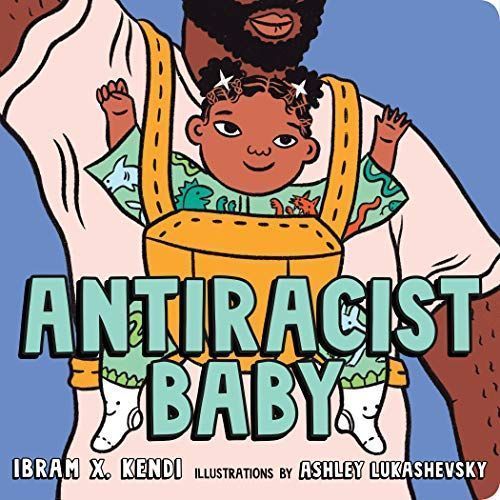
Reviews
Kaitlin Simpson@heykaitlinmary
Stef@faninos
Kim Tyo-Dickerson@kimtyodickerson
Caroline Lewicki@clewicki20
Andrea Pozo@andrepora
Rebekah jean@bek7
mighty dragon @naga
Ruby Kennedy@freckled_mushroom
Katelyn Broad@katelyneli
Kali Olson@kaliobooks
Samantha Wheeler@ballycumbered
Laura Yaneth Martinez@lauris
Tiffany Robinson@movietiffany
Bec@becandbooks